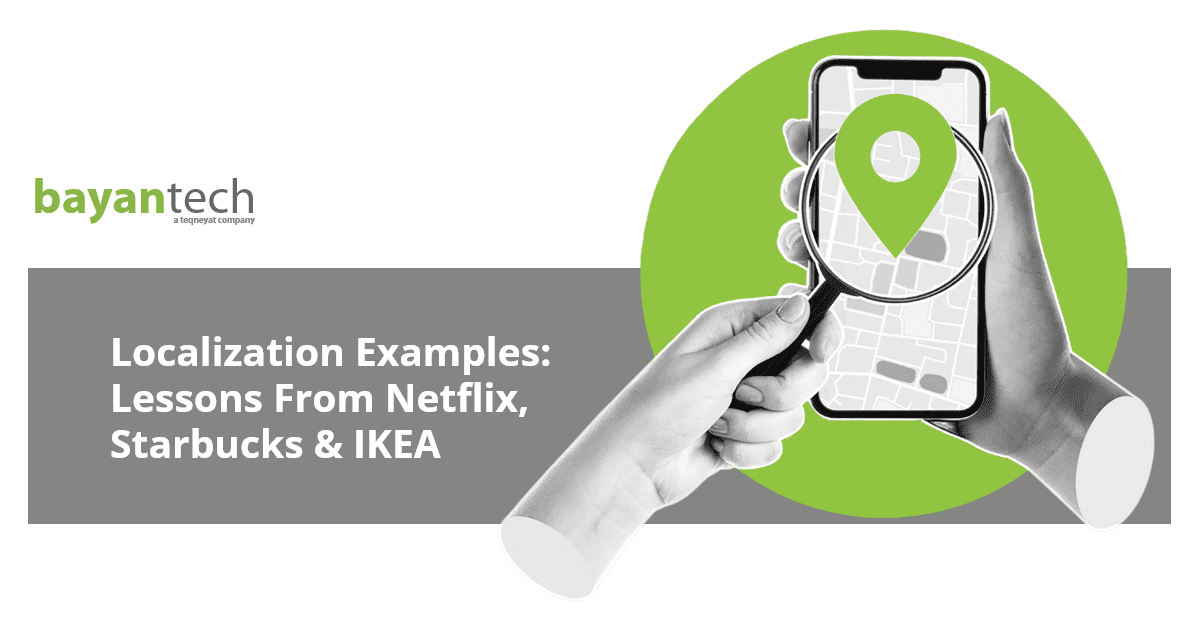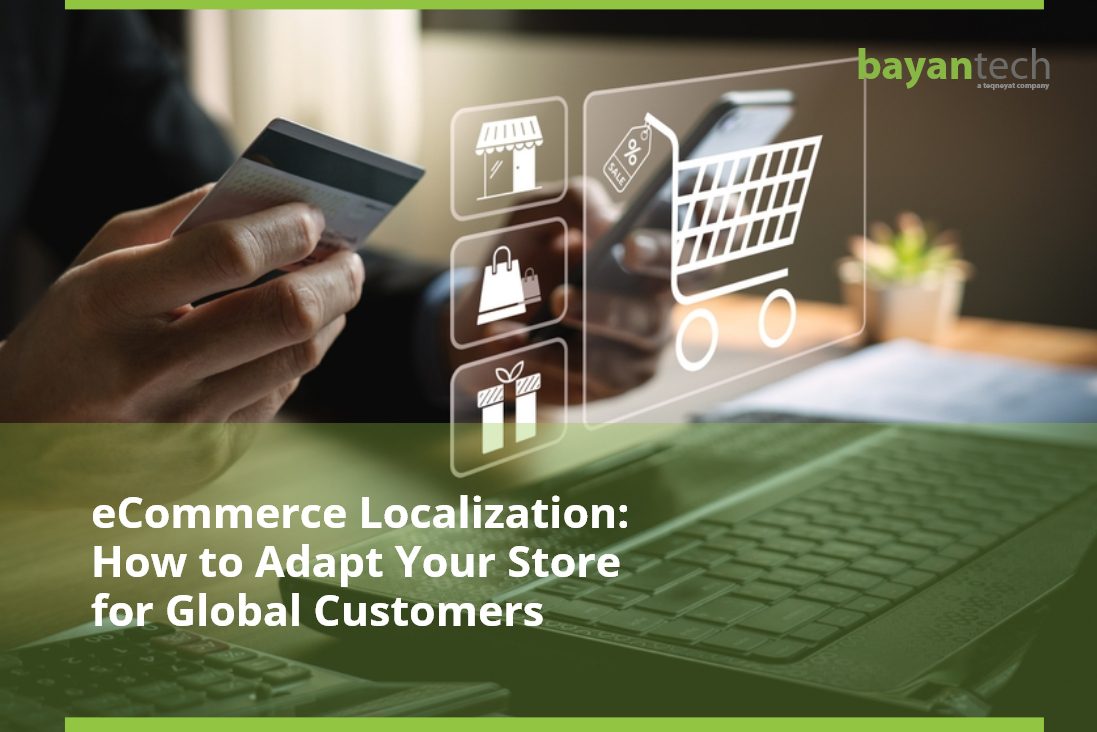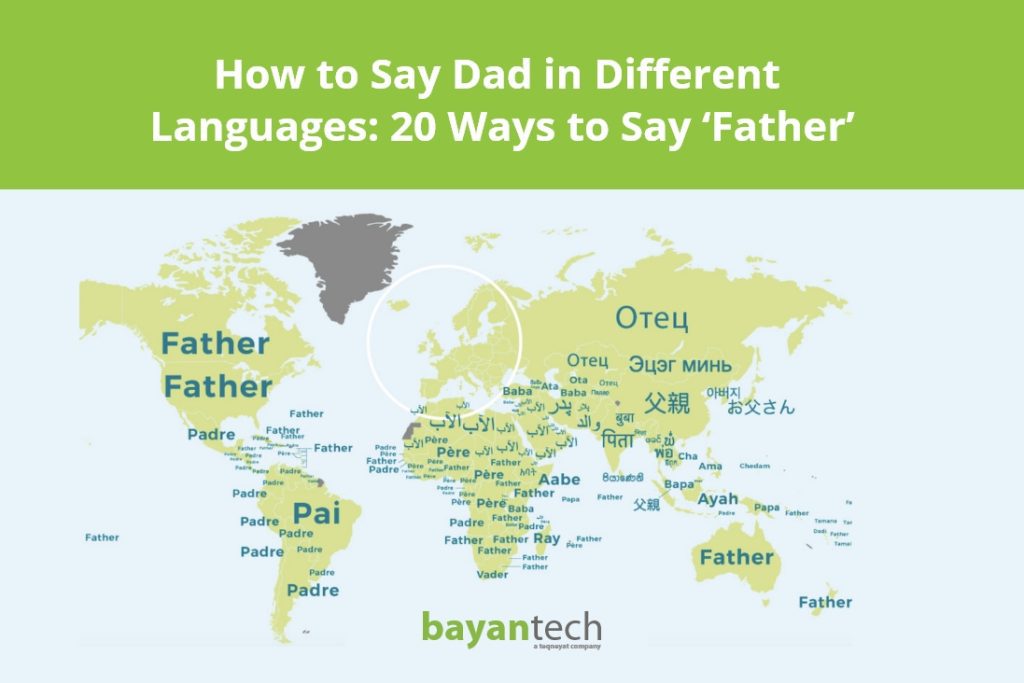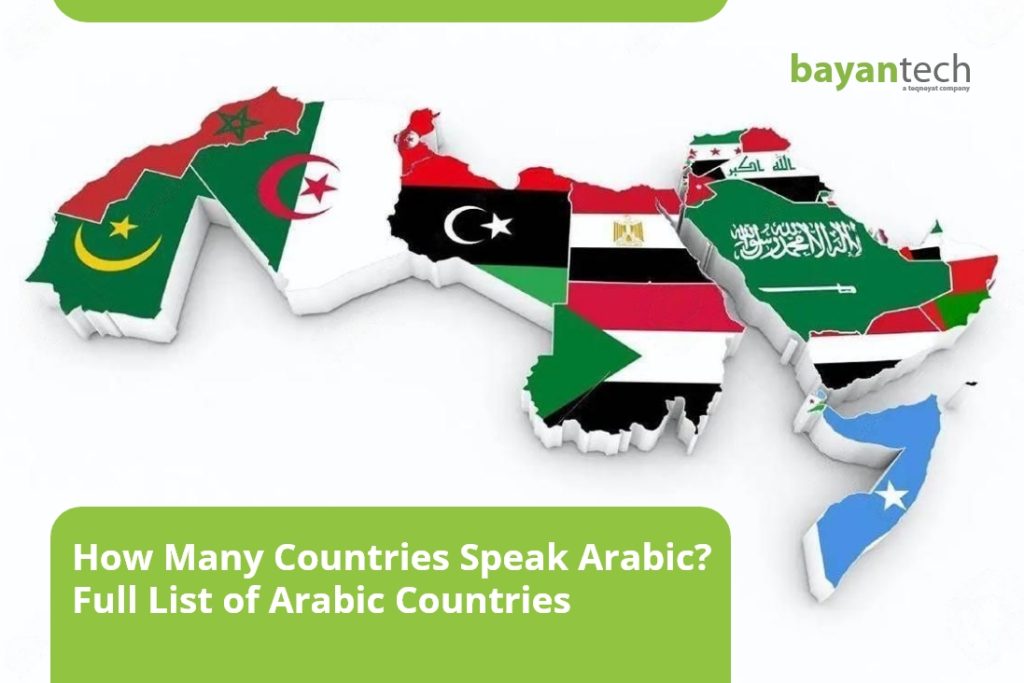If your business is going through an expansion phase, you probably know you should adapt your website to the standards of your new target audience. Perhaps, you’re tempted to keep your website as it is, and complement it with a “global version”.
But a globalized web presence isn’t necessarily a uniform web presence. A successful global internet presence can only be achieved through local content, by targeting specific foreign markets, instead of a vaguely defined “international audience”.
In this post, we’ll examine the concept of website globalization and how it differs from website internationalization and website localization. We’ll also dive into how to globalize a website, how global businesses can implement website globalization as a competitive advantage, and some actionable advice.

Website Globalization vs Localization vs Internationalization
Before we move forward to the role of website globalization and how to globalize a website, let’s clarify some terms.
This triad is often mistaken as synonyms. But these processes aren’t equivalent, just complementary. For instance, website localization services can’t be properly performed without website globalization and website internationalization.
Website localization is often the easiest concept to understand out of the three. To localize a website is to adapt it to the language, culture, and technology of a new target market. For instance, a Brazilian company planning to expand to the UAE will have to adapt its website to this new local market through a combination of:
- Arabic website translation, to render the material that was originally in Brazilian Portuguese into Arabic.
- Website design, to mirror certain UI elements according to Arabic conventions and adapt containers so they better fit the new Arabic content.
- Website and software development, to make the design changes possible while complying with website localization best practices, and to solve issues such as web font rendering or pricing (in the case of eCommerce website localization). This is where you will decide if Website Translation Proxy is right for you or if you should go for another approach.
- Search engine preferences and keywords vary across locales, so you’ll need international SEO to take the guessing out of how to promote your website internationally. An expert SEO team will develop a holistic strategy to help you rank in your new target locale.
- Cultural conventions and market preferences often affect a piece of material beyond its wording. To make deep structural changes to their message, brands often gravitate towards transcreation or creative translation. This service is essential if the website you want to localize has a blog, for instance.
- Audiovisual material engages like no other format. 96% of users remember key information from a product video, while the retention rate for written content is much lower. If your website is video-heavy, you should look into subtitling or dubbing that material.
- Graphic design also plays a key role in international marketing and localization strategy, helping adapt infographics, customer representations, and other elements of your online presence to country-specific expectations.
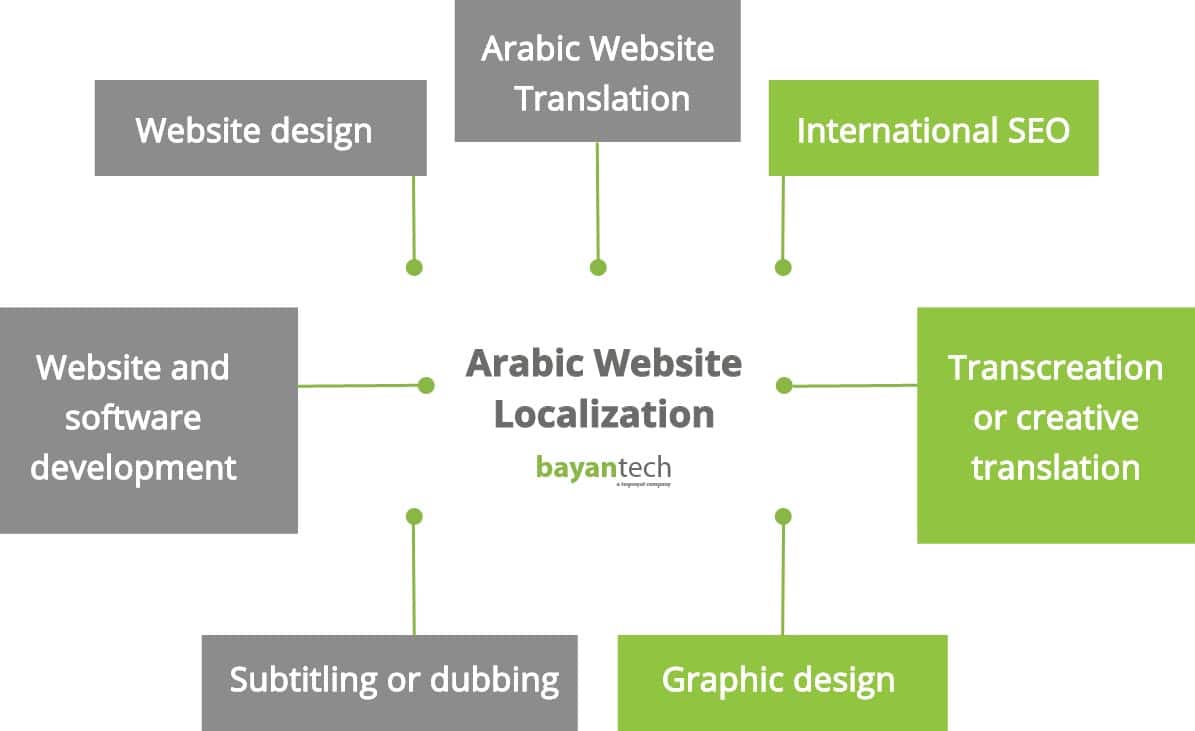
In our example, all of these services combine into a strategy we can call Arabic website localization. But, for this process to be successful and efficient, your teams will need to work upon a solid foundation. This solid foundation is provided by website globalization and website internationalization.
A Selection of Key Takeaways
Get this article’s core ideas,
condensed and reframed for action.
Website internationalization is the process of building a neutral foundation that can be easily adapted to multiple languages and cultures. For example, in order to be localization-ready, a website should be coded in a way that supports multilingual content. The content management system (CMS) should be as well, and the way customer data is collected (through contact forms, for instance), should be ready for location-based segmentation.
Website globalization is the high-level strategy upon which internationalization and localization efforts are built. Globalization is often explained as a combination of those two processes.
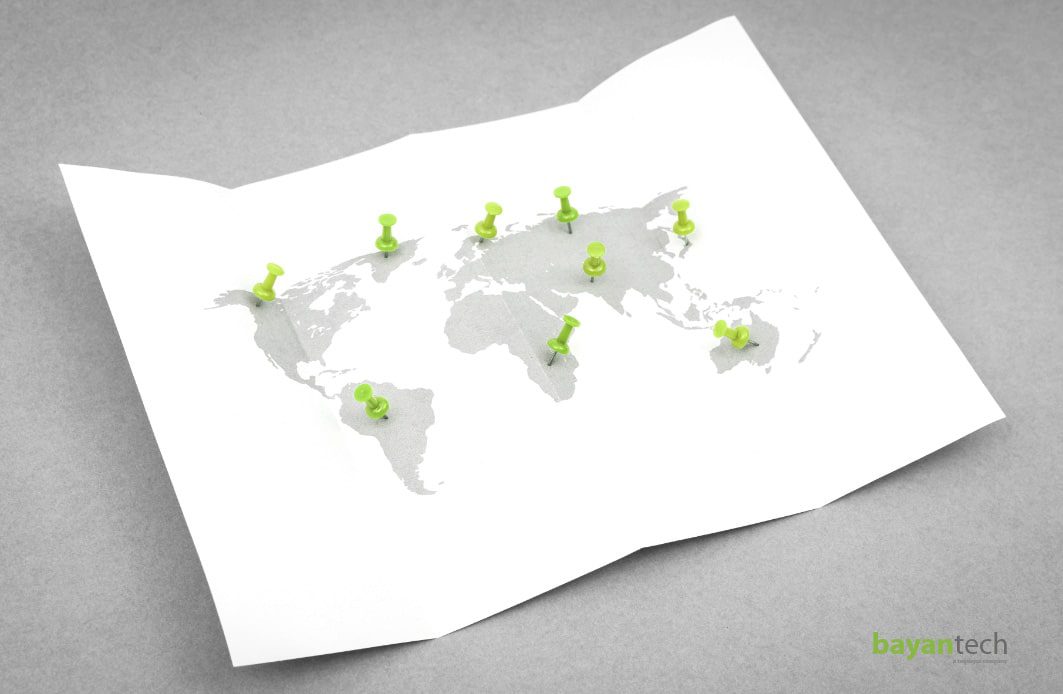
How to Globalize a Website, Step-by-Step
Now that we understand the difference between them, let’s break down the globalization process into clear steps.
Conduct through market research
Go for a goal-oriented approach. To start from a solid foundation you must know your audience. And for this, it’s necessary to conduct market research. Some questions you can ask yourself are:
- What markets do I want to target?
- What segment of that audience am I looking to engage with?
- What is culturally relevant to them?
- What languages do they speak, and which ones are they most comfortable communicating in?
- What opportunities does this market offer for which I have a product or solution?
- What needs or expectations does my brand meet within this market?
Having a clearer vision of your goal will take your website globalization to the next level.
Design an SEO strategy before starting with the content.
Designing a holistic international SEO strategy that addresses all targeted markets is essential. At this stage, you will create organic guidelines to optimize the future content of your website.
The goal is for it to rank better in country-specific search engines. But don’t worry, a globalized website optimization process is not much different from the one you already know. Most search engines follow the same criteria to rank their results. And while it’s possible to DIY, you should work side by side with an SEO expert to achieve a localized approach for each new market.
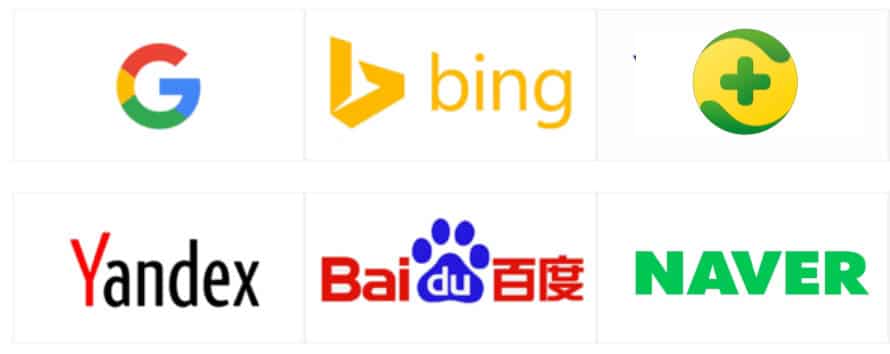
Plan your website structure and its features
There are three approaches to structuring a multilingual site:
- Use subdirectories for each localization.
- Use subdomains for each localization.
- Acquire location-specific domains according to each country and configure independent websites.
The one you choose will depend on your international marketing strategy. If you want to target a Japanese-speaking audience regardless of their location, Multilingual Website Translation would do. But if you want to target a specific country the site should be structured first by location and then by language.
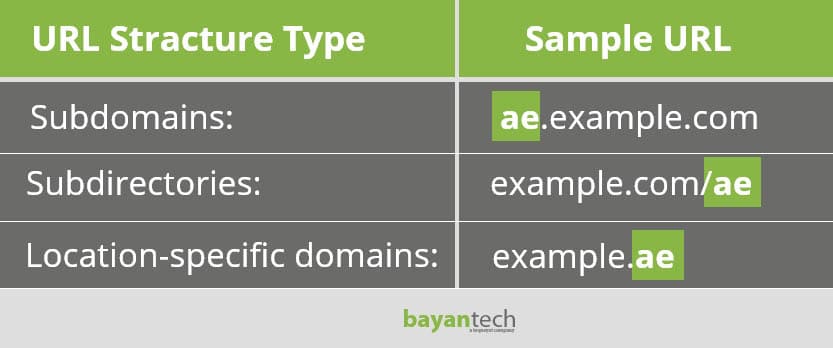
Create your content with translation in mind
Planning and creating your content should be guided by your market research results. By globalizing your website, most of the material will be similar to what you provide in English (being the Internet’s Lingua Franca). However, you will likely need to create specific content for each locale; one that is culturally relevant to different audiences and strikes a chord to resonate with them more powerfully, increasing engagement and brand trust.
In addition, you may need to create new pages from scratch to meet the specific needs of each market.
If you had not considered it so far, at this stage it’s crucial to have a leading translation agency by your side that can offer you high-quality translation services and holistic localization solutions.
Sign up to our newsletter to receive the latest blogs and news.
Common Challenges To Consider During Website Globalization (But Make it Customer Experience-Oriented)
In today’s global market, there is a product for everything, an app for everything, a solution for everything. If you thought about it, it probably already exists. That means the atmosphere of competitiveness is huge.
How can you compete in such a crowded environment? Easy: you enhance customer experience. Customer experience is key in today’s fully digitized and hyper-personalized market.
But this isn’t something that comes without its challenges. The following are the three most common customer-oriented challenges when globalizing a site:

Text layout
Pretty obvious right? But one of the biggest challenges in terms of website globalization is to guarantee the best possible readability experience.
When one is localizing a site it’s important to bear in mind that the design will necessarily be affected by the translation. Different languages can contract space or need more (in translations, the length’s text can vary from 40% to 100%), just as there are languages that have different structures and must be mirrored, such as Arabic.
Here come different considerations about web design according to screen size, web and mobile formats, text direction, the multimedia that accompanies it (images, videos, symbols, animations), and so on.
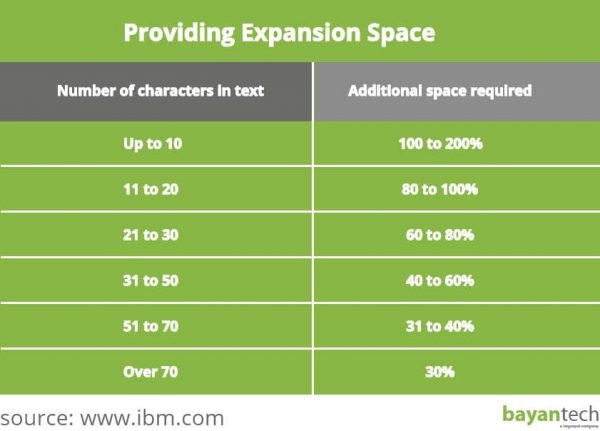
Character Setting
A character set is the digital representation of a language using symbols, ideograms, or letters. For example, English uses the Latin alphabet, while Japanese uses logograms. Here different linguistic characteristics come into play: some languages are read from left to right (English, Italian or German), others such as Arabic, Hebrew, or Urdu are executed from right to left, while Asian languages are read from top to down and from left to right.
If you don’t take this difference into account, navigating your site will go from being a fluid UX to a linguistic puzzle that no one will understand. The trick? Anticipate this challenge by planning your site with localization in mind.
Images and Formatting
Don’t forget about different formats for dates, numbers, postal codes, and other important data so that mistakes don’t occur when delivering a product or service. When processing data, there should be no mistake to avoid internal functionality and logistics problems.
And last, but not least: images and multimedia content. Not only text but also images have a cultural connotation. The same image can inspire completely opposite reactions in two different countries.
An expert language services provider (LSP) will be in charge of building your brand image so that it remains yours but culturally appropriate and relevant to operate in different markets.
Work with Website Globalization Professionals
bayantech is a leading website translation, localization, and globalization company with over two decades of international experience. We’ve worked with global companies’ websites in the MENA region and beyond, delivering first-rate globalized websites that enhance user experience.
Our clients have increased their brand awareness, customer engagement, and product exposure after working side by side with our team of experts. You could achieve the same.
Click on a star to rate this post!
0 / 5. 0





